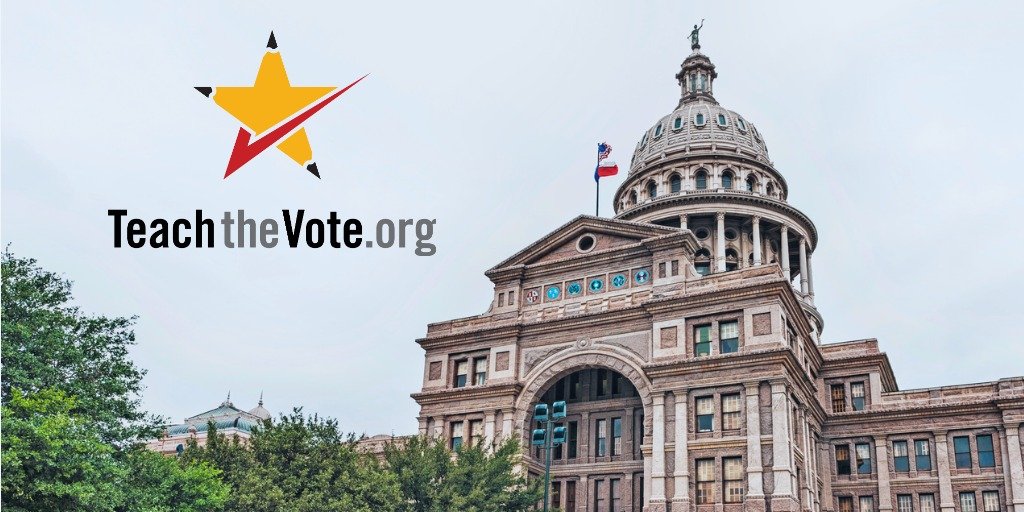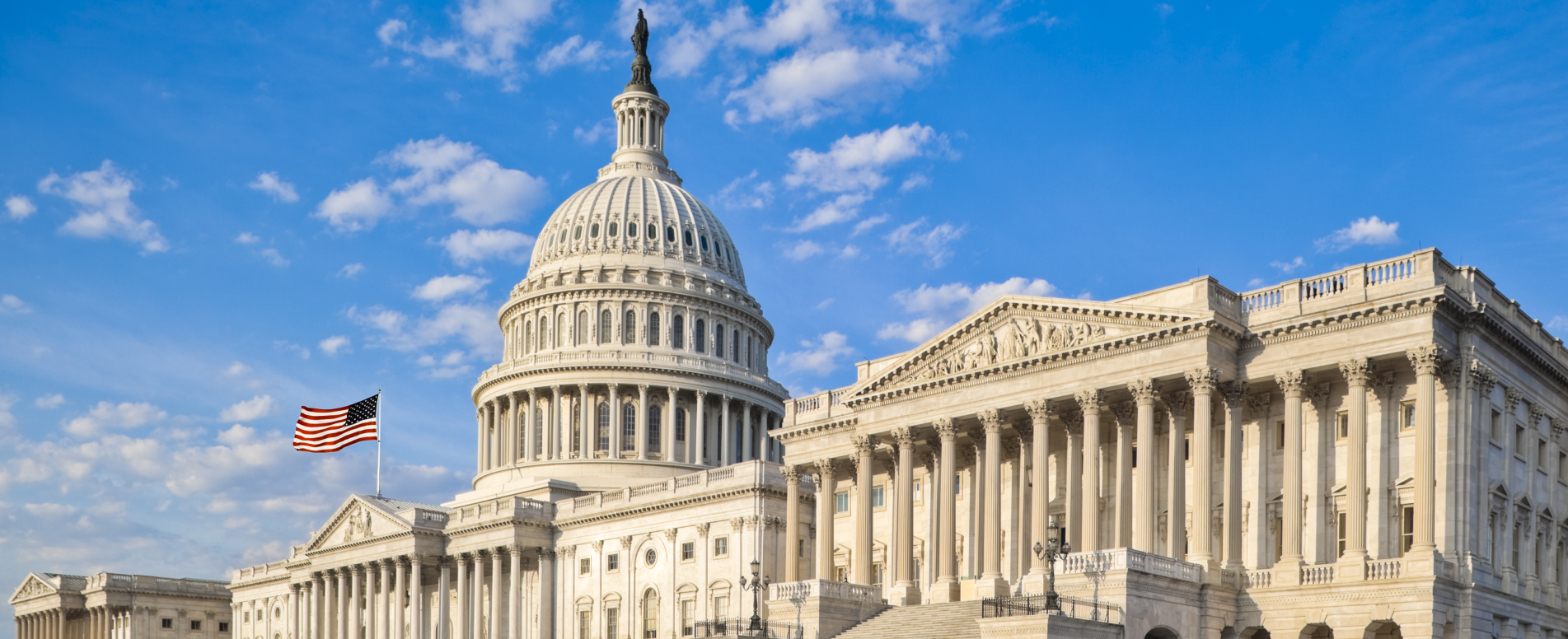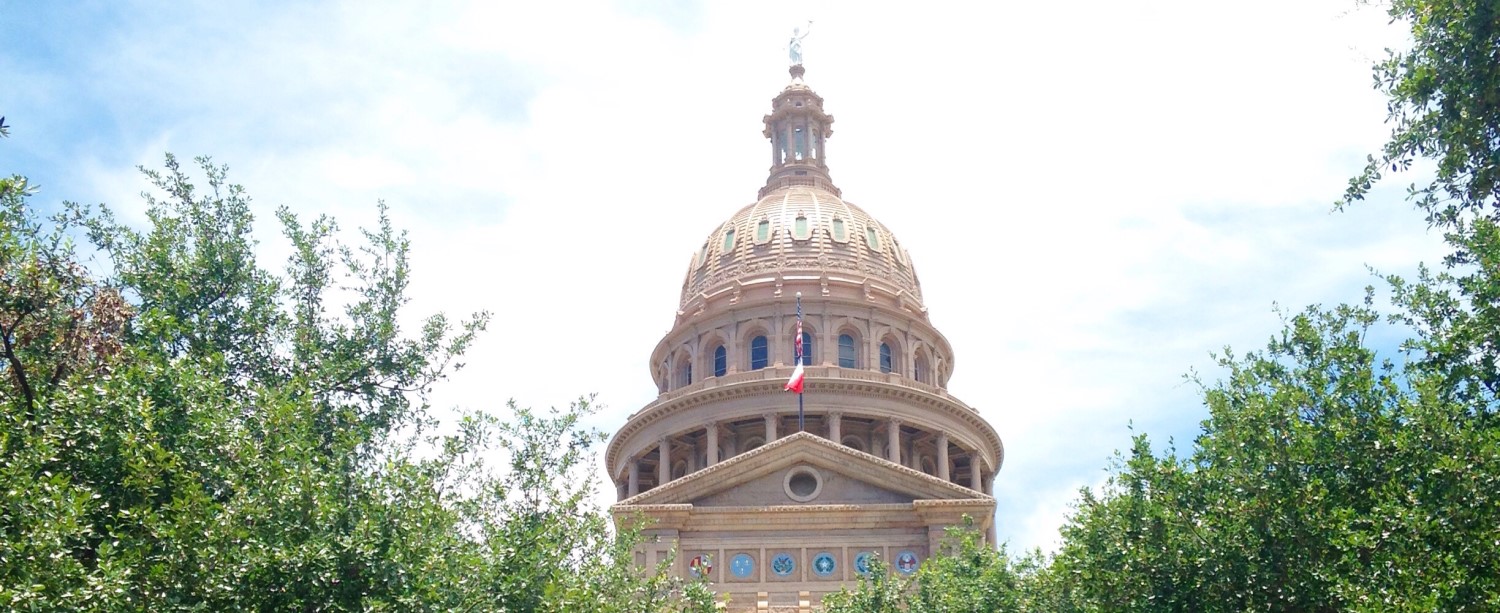CSHB 2: The good, the bad, and the ugly

Date Posted: 5/14/2025 | Author: Kate Johanns
The Texas House passed House Bill (HB) 2 by House Public Education Committee Chairman Brad Buckley (R–Salado) April 17. HB 2 was lauded by House members as the second part of the “Texas Two-Step,” the second part of the voucher/school finance plan that was supposed to be some form of absolution for lawmakers regarding Texas public schools after the passage of Senate Bill (SB) 2, the voucher bill by Senate Education K-16 Committee Chairman Brandon Creighton (R–Conroe). Gov. Greg Abbott (R) signed SB 2 on the lawn of the Governor’s Mansion May 3 with hundreds of voucher proponents and his billionaire donor Jeff Yass in attendance. Meanwhile, the public education community waited for and called on Creighton to hold a hearing on HB 2.
On Tuesday, Creighton finally scheduled that HB 2 hearing for Thursday, May 15. He also released bullet points on his version of the bill, Committee Substitute for House Bill (CSHB) 2, and it looks less like HB 2 as it passed the House and more like his bill SB 26, which passed the Senate Feb. 27—and about which concerns were expressed by more than 2,000 educators using ATPE’s Advocacy Central. CSHB 2 also incorporates SB 2253 (teacher certification reforms), SB 27 (a potpourri of topics under the umbrella of “teacher rights”), SB 568 (special education reform), SB 2252/HB 123 (early literacy and numeracy programs, including math academies for K-8 teachers), and SB 1826/HB 120 (career and technical education provisions).
As mentioned above, public educators have been pushing over the past few weeks for the Senate to act on HB 2 as passed by the House, and various organizations (including ATPE) have encouraged their members to contact their senators and representatives to push for action. The House version of HB 2 isn’t perfect, but it would increase the Basic Allotment and provide pay increases to public school employees across the board. It’s incredibly important for educators to understand the Senate will consider a version of HB 2 that is not the same bill supported by ATPE and others with cautious optimism.
You might say CSHB 2 has some good, some bad, and some ugly (cue the spaghetti western music).
The good
SB 26 would:
-
Provide some teachers significant pay raises. CSHB 2 would provide permanent across-the-board pay raises to teachers with at least three years of experience, with the amount varying depending on the school district’s enrollment size. (Raises would be twice as big in ISDs with enrollments of 5,000 or less.) The raises would continue in years three and five until the Legislature changes its mind.
|
Enrollment of 5,000 or less |
Enrollment of 5,001 or more |
||
|
3–4 years of experience |
$5,000 |
3–4 years of experience |
$2,500 |
|
5+ years of experience |
$10,000 |
5+ years |
$5,500 |
- Phase out blanket waivers that have allowed schools to hire uncertified teachers. Such waivers would end by 2030 (with limited exceptions) for teachers of foundation curriculum (math, science, social studies, and English/language arts).
- Provide a new model for special education funding in the second year of the biennium (the state is on a two-year budget cycle). This would be an intensity of services model.
- Offer $1,000 in new state funding per evaluation for special education services.
The bad
On the other hand, the Senate’s CSHB 2 would:
- Pick winners and losers. Again, only teachers with at least three years of experience would get pay raises, and the amount would vary depending on the size of your school district. And all other school employees who provide vital services—custodians, cafeteria staff, librarians, counselors, diagnosticians, etc.—would not receive a raise.
- Offer no significant increase to the Basic Allotment, or discretionary money for districts. This means districts operating at a deficit today would still have substantially the same deficit even if the bill passes. This could lead to more campus closures and fewer teachers, while other teachers get raises.
- Grow the Texas Education Agency (TEA). Many of the less headline-grabbing provisions of the bill, which were largely removed from the original HB 2 language by the time the bill made it to the House floor, significantly grow the size of the agency and the scope of the commissioner’s power within public education.
The ugly
In addition to appearing to attempt to pit teachers against administrators and other educators, the bill also seemingly takes a swipe at the organizations representing teachers and other educators, presumably for, among other things, having the audacity to help educators engage in the political process. CSHB 2 contains a provision for “state offered liability insurance for teachers that opt-in.” Taken from SB 26, the language is aimed at creating a new state bureaucracy for the purpose of providing undefined educator liability protection from a single vendor selected by TEA.
One has to consider why the Legislature would wish to add such bureaucracy. Similar bills have been enacted in other states to weaken the memberships of professional associations similar to ATPE as well as teacher unions. Both types of organizations often offer professional liability insurance and/or other types of employment-related assistance. In fact, ATPE’s longtime membership survey consistently shows that employment-related insurance and individual representation are the No. 1 reasons Texas educators join ATPE. The thinking behind such legislation is that if fewer educators join a professional association, the weaker their advocacy will be at the State Capitol. So, much like other legislation aimed at eliminating payroll deduction of membership dues, this provision is an attempt to silence educator voices as they attempt to better their own profession and better serve students.
And why would an educator facing legal liability and potential sanctions by a state agency want that same state agency to manage their defense?
What can you do?
There’s a lot more questions than answers at this point, but the biggest takeaway is that public schools haven’t had a funding increase from the state since 2019, and districts are struggling to pay the employees they have. The SB 26 plan would provide funds to increase the salaries of some but not all teachers, but it would not help cash-strapped districts with employing all the other necessary people to provide the optimal educational experience.
ATPE encourages you to contact your state senator and state representative and share what you like and don’t like in CSHB 2. Should this bill pass, you will hear much self-congratulation about it being the “largest increase in funding for public education in our state’s history.” However, the proof is always in the pudding—and your lawmakers need to know that you understand that.
CONVERSATION
RECOMMENDED FOR YOU

11/24/2025
November 2025 SBOE Recap: Implications for 2026-27 and beyond
The packed agenda covered instructional materials, TEKS updates, graduation rules, parental rights training, and the new HB 1605 literary works list.

11/21/2025
Teach the Vote’s Week in Review: Nov. 21, 2025
Federal education oversight remains in turmoil as the Trump Administration pushes forward with plans to dismantle the Department of Education. Plus: Check out more of the latest education news on atpenews.org.

11/21/2025
After the shutdown ends, federal education oversight remains in turmoil
Although the government has reopened, the federal infrastructure that supports public education remains fragile, and the Trump Administration is pushing forward with plans to dismantle the Department of Education.


So they lied to get what they wanted...vouchers. And our elected officials DON''T really intend to represent ALL the citizens of Texas...just those who can help keep them in office. What have we become? This is a travesty.
Only raises for teachers?